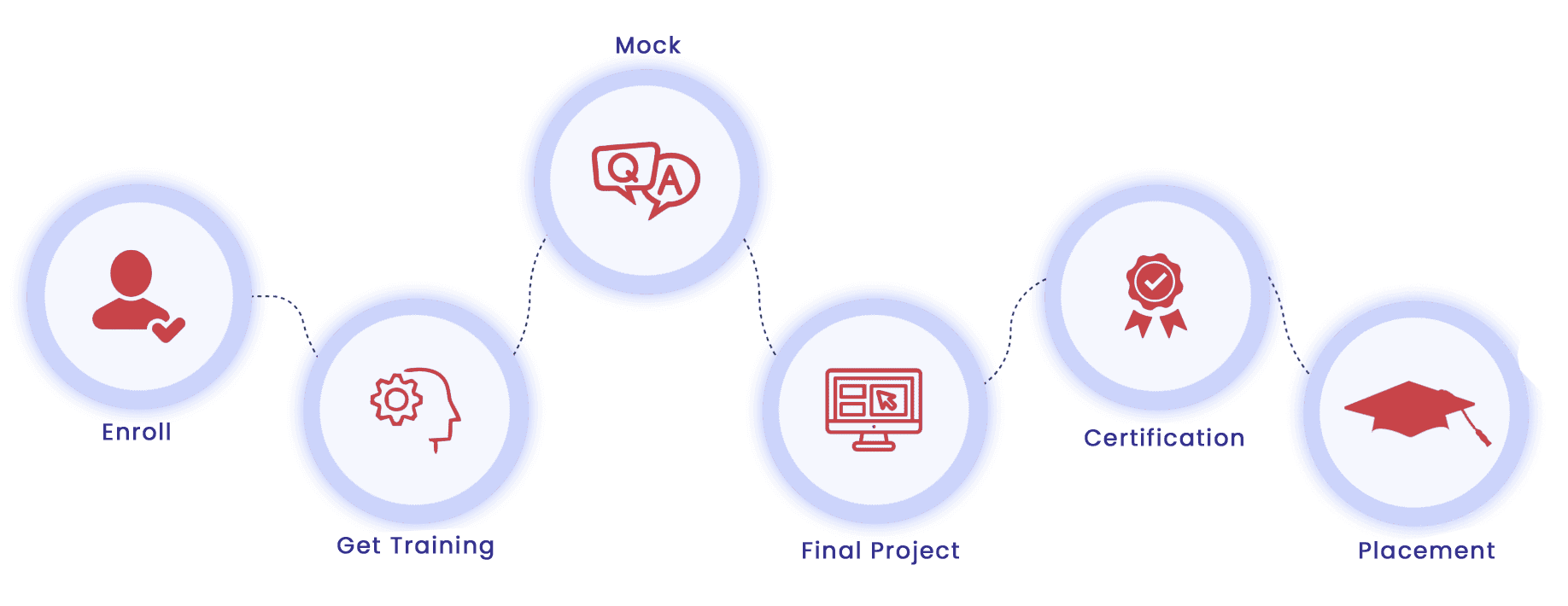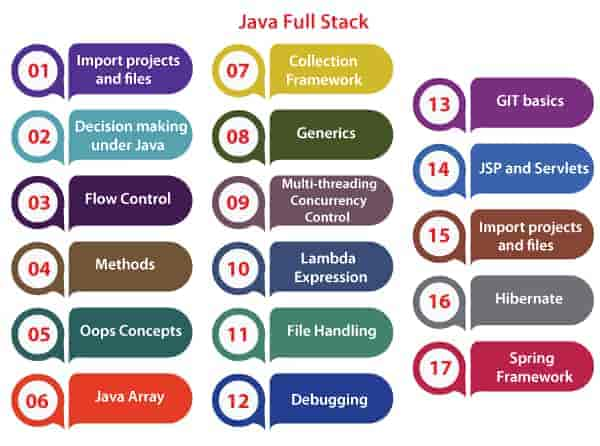Java Full Stack Development refers to the end-to-end development of web applications using Java technologies across both the front-end and back-end. A full stack developer is proficient in multiple layers of software development, allowing them to manage the entire process from user interface design to server-side logic and database management.



While having some prior programming experience is beneficial, it is not always necessary. Many courses are designed for beginners and will cover fundamental concepts in Java and web development. However, familiarity with basic programming concepts can help you grasp the material more easily.
Completing a Java Full Stack Development course opens up various career paths, including roles such as Full Stack Developer, Java Developer, Software Engineer, Web Developer, and DevOps Engineer. The skills gained are applicable in many industries, making you a valuable asset in the job market.
